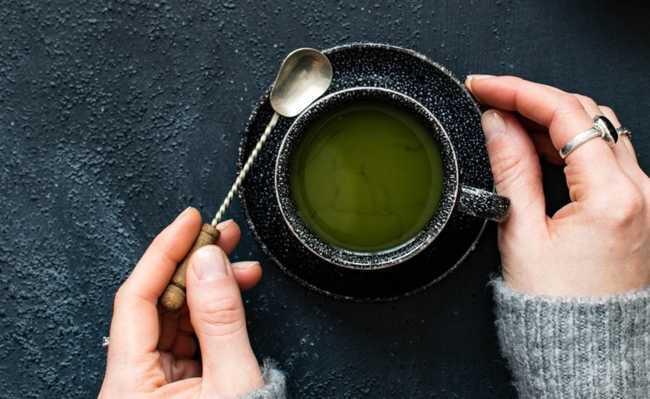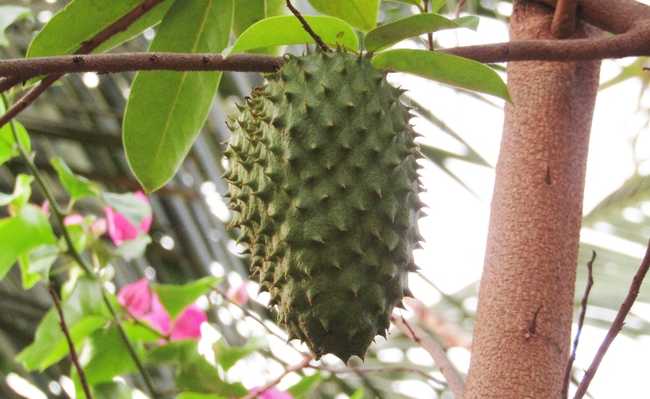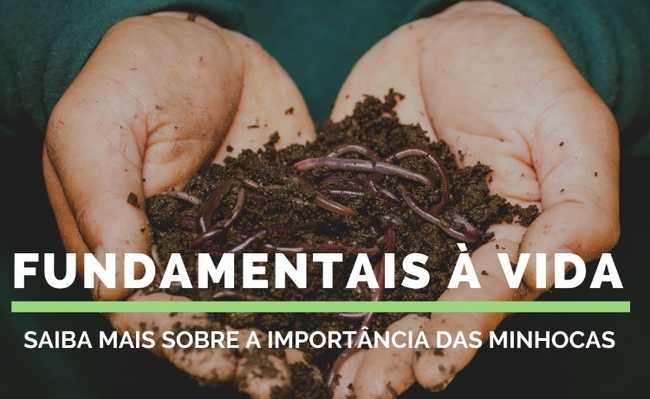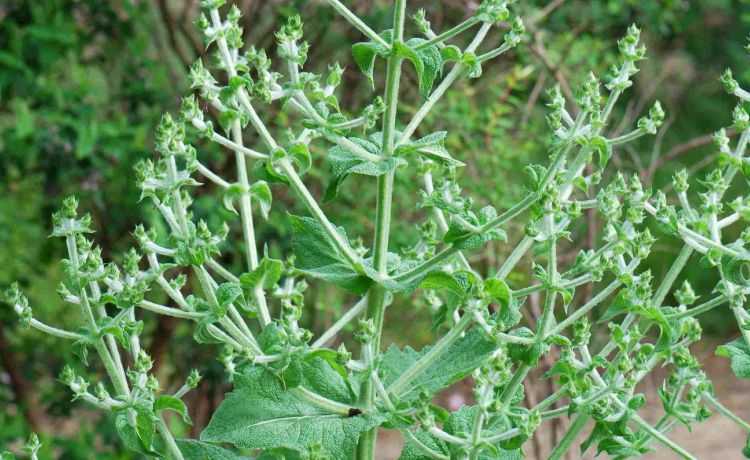Biodegradable packaging: advantages, disadvantages and examples
Understand the pros and cons of mushroom, milk, corn and even bacterial packaging

Image: Biodegradable packaging made by Ecovative Design using mycelium biomaterial from agricultural waste by mycobond, licensed under CC BY-SA 2.0
Biodegradable packaging is a real relief to the conscience of those who care about the environment, at least initially. But this type of packaging also has disadvantages. Understand the uses, pros and cons of each type of biodegradable packaging.
- There are microplastics in salt, food, air and water
Biodegradable packaging
A package is considered biodegradable when it is possible to decompose it naturally, that is, its biodegradation. Biodegradation is carried out by microorganisms such as bacteria, algae and fungi, which convert the material into biomass, carbon dioxide and water. The advantage of biodegradable packaging is that its permanence in the environment is less than the permanence of non-biodegradable packaging, which reduces the chances of harmful effects such as suffocation, entry into the food chain, contamination by endocrine disruptors, among others.
- [Video] Plastic straw stuck in turtle nostril is removed by researchers
- Plastic in the seas chokes sharks and harms other marine animals
- Understand the environmental impact of plastic waste on the food chain
- Endocrine disruptors alter the hormonal system and can cause disturbances even in small amounts
Types of biodegradable packaging
PLA plastic packaging
PLA plastic, or better said, polylactic acid plastic, is a biodegradable plastic that can be used as food packaging, cosmetics, in the production of bags, bottles, pens, glass, lids, cutlery, among others.
In the PLA plastic production process, bacteria produce lactic acid through the fermentation process of starch-rich vegetables such as beets, corn and cassava.
In addition to being biodegradable, the packaging made of PLA plastic is mechanically and chemically recyclable, biocompatible and bioabsorbable; is obtained from renewable sources (vegetables); and when properly disposed of, it turns into harmless substances because it is easily degraded by water.
When small amounts of PLA pass from packaging to food and end up in the body, it does not harm health, as it is converted into lactic acid, which is a safe food substance that is naturally eliminated by the body.
The disadvantage of the biodegradable PLA plastic packaging is that, in order for adequate degradation to occur, PLA plastic disposal must be made in composting plants, where there are adequate conditions of light, humidity, temperature and the correct amount of microorganisms and, unfortunately, most Brazilian waste ends up in landfills and dumps, where there is no guarantee that the material will biodegrade 100%. And worse, usually the conditions of dumps and landfills make the degradation to be anaerobic, that is, with low oxygen concentration, generating the release of methane gas, one of the most problematic gases for the imbalance of the greenhouse effect.
Another unfeasibility is that the production cost of biodegradable PLA packaging is still high, which makes the product a little more expensive than conventional ones.
And the Brazilian, European and American standards allow the mixing of PLA with other non-biodegradable plastics to improve its characteristics and, even so, qualify as biodegradable.
To learn more about this topic, take a look at the article: "PLA: biodegradable and compostable plastic".
Corn and Bacteria Packaging

According to an article by researchers at the University of São Paulo and researchers at the Institute of Technological Research (IPT), this type of biodegradable packaging is an organic plastic made through the biosynthesis of carbohydrates from sugarcane, corn, or from vegetable oils from soy and palm.
Like the biodegradable PLA packaging, the packaging made from corn and biosynthesis by bacteria is biocompatible (does not promote toxic and immunological reactions) and biodegradable. However, this type of plastic cannot be used as food packaging, as it can contaminate food. Another disadvantage of this type of packaging is that it is, on average, 40% more expensive than conventional packaging. To learn more about this topic, take a look at the article: "Bacteria + corn = plastic".
mushroom packing

Image: Wine Shipper by mycobond, licensed under CC BY-SA 2.0
This biodegradable packaging made from mushrooms is an invention of Ecovative, a company of design.
The product is made from mushroom roots grown on dead leaves, humus and a variety of substances, which lead to materials of different textures, flexibility and durability. In addition to being biodegradable, the material is edible (but it is not advisable to ingest it).
The disadvantages of biodegradable mushroom packaging are its high cost and the fact that it is potentially competitive with resources that could be used to produce food. Large companies like Nestlé say they do not invest in biodegradable packaging made from mushrooms because they do not want their packaging demand to reduce the food supply, especially in a context of global famine. "It's not good to package our products in packaging that could have been used to feed people instead," said Strauss, Nestlé's head of US operations.
Plastic milk packaging
The United States Department of Agriculture (USDA) has developed a biodegradable plastic package, made from a milk protein capable of protecting food from the degrading action of oxygen. The packaging can be used in pizza boxes, cheeses or even as a pack for soluble soup - and can be dissolved together with the food in hot water.
The product could even serve as a substitute for the sugar used to coat cereal flakes to prevent them from wilting too quickly and, in addition to being biodegradable, is edible. USDA researcher, chemical engineer Laetitia Bonnaillie, believes that this modality of edible plastic packaging has the potential to have flavors or micronutrients added to it.
However, the same questions made in relation to mold packaging fit here: high costs and deadlocks on allocating resources to edible packaging instead of investing directly in food. In addition, people with allergies to milk protein and those concerned about animal rights, such as vegans, have spoken out against using the product on a large scale.
- Vegan philosophy: know and ask your questions
Shrimp packaging
O Wyss Institute for Biologically Inspired Engineering, at Harvard, extracted chitosan, a polysaccharide from shrimp and lobster, to develop the biodegradable packaging called shrill. The packaging can replace egg boxes and vegetable packaging. However, the material is expensive and has the same impasses as all edible packaging made from animals: competition with food and questions about animal rights.
Tomato Peel Coating
Leftover husks from processed tomatoes can serve as a biodegradable canned coating. Although the can is not biodegradable, the coating is, and the main advantage is that it is not harmful to health as current coatings, bisphenols, which are endocrine disruptors and cause damage to human health and the environment. Understand more about this topic in the article: "Know the types of bisphenol and their risks".
Called Biopac Plus, the biodegradable coating is being developed by a large Italian family farm company and can be used to package tomatoes, peas, olives and all kinds of canned foods.
Oxo-biodegradable packaging
Oxo-biodegradable packaging is made from common plastic (oil-derived) with pro-degrading additives, which accelerate the material's fragmentation with the help of oxygen, light, temperature and humidity. The biodegradability of the material, however, is controversial, as the time for biodegradation (by microorganisms) of the fragmented plastic, or microplastic, after chemical degradation, will be the same.
- Microplastics: one of the main pollutants in the oceans
- There are microplastics in salt, food, air and water
- The danger of microplastics in exfoliants
Francisco Graziano, agronomist, master in agrarian economics and former secretary of the Environment of the State of São Paulo, claims that the choice of consuming oxo-biodegradables is a mistake and questions the risks of fragmenting the compound into particles invisible to the naked eye and of greenhouse gas emissions associated with degradation, in addition to soil contamination by metals and other compounds:
“The technology allows the plastic to crumble into small particles, until it disappears to the naked eye, but it is still present in nature, now disguised by its reduced size. With a serious aggravating factor: when it comes to be attacked by the action of microorganisms, it will release, in addition to greenhouse gases, such as CO2 and methane, heavy metals and other compounds, which do not exist in common plastic. Paint pigments, used on labels, will also mix with the soil”.
Far beyond biodegradability
Combating plastic waste today involves more than just looking for new materials.
- New Plastics Economy: the initiative that rethinks the future of plastics
Even with the use of biodegradable, ecological or compostable packaging, the disposal and mismanagement of these wastes should not be encouraged.
In an article on polymers published in Scielo Brasil, José Carlos Pinto, a professor on the board of the chemical engineering program at COPPE, at the Federal University of Rio de Janeiro, questions, in relation to plastics, the belief that what is ecologically correct is to be biodegradable . He points to the urgency of the perception that if the plastic material degrades as it does with food and organic waste, the resulting degradation (for example, methane and carbon dioxide) would end up in the atmosphere and in aquifers, contributing to the global warming and for the degradation of water and soil quality. He believes in reversing the pollution generated by the material through environmental education and correct waste and tailings collection policies. It also describes that the fact that plastics do not degrade easily is characterized by a differential that gives them the possibility of reuse for many times, their recyclability, a determining factor for the enormous potential to contribute to the reduction in the consumption of raw materials, energy and rationalization the use of available natural resources, which approximates the concept of Circular Economy.










